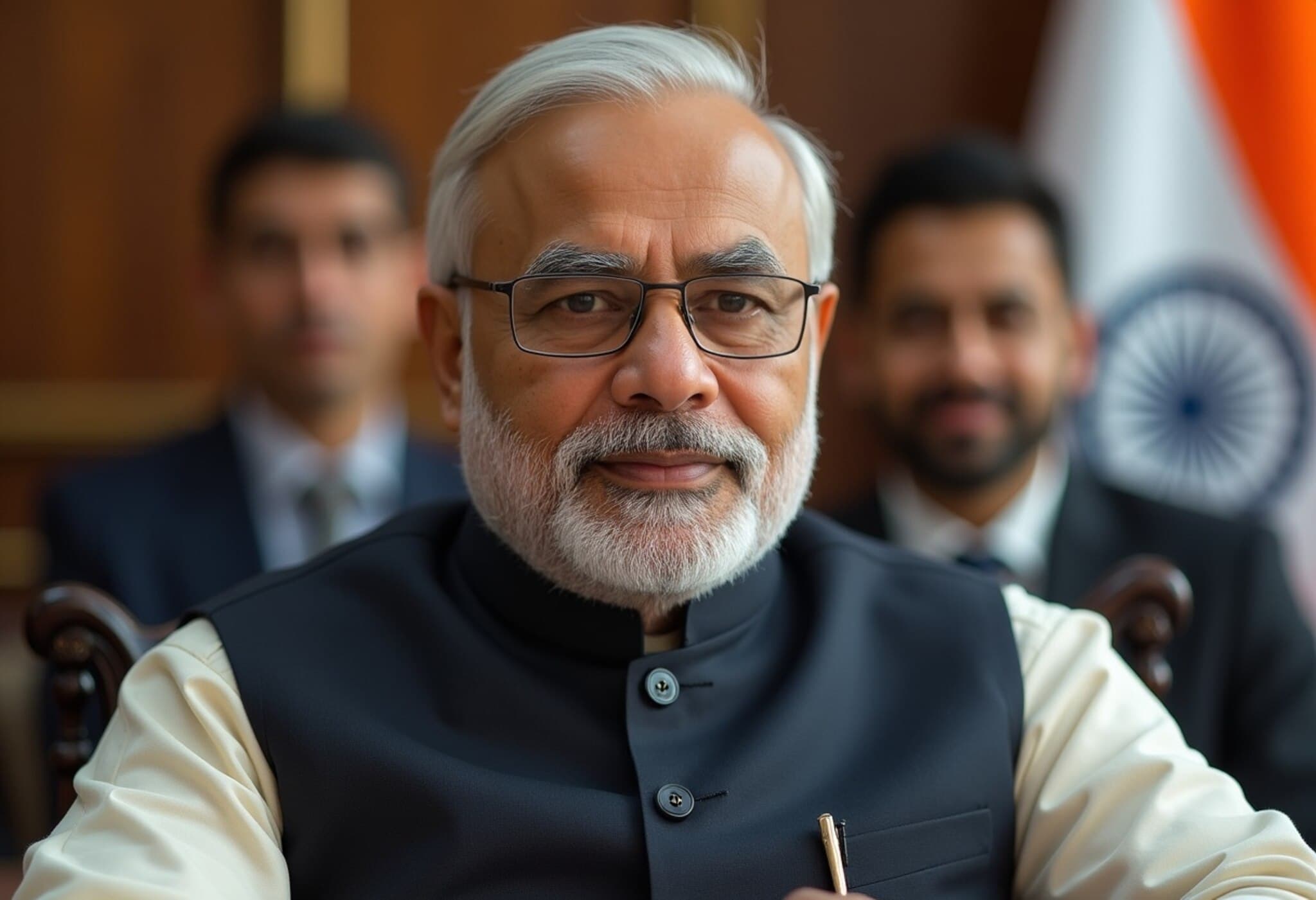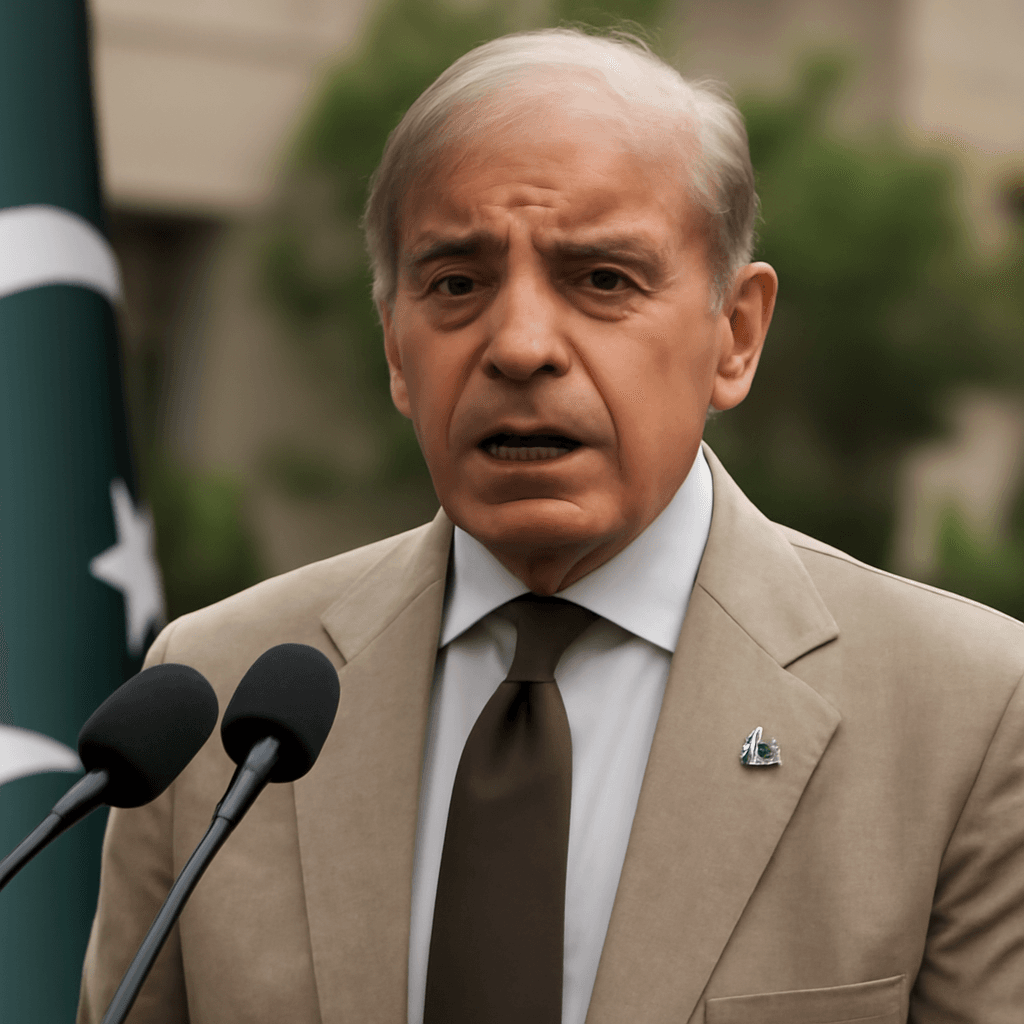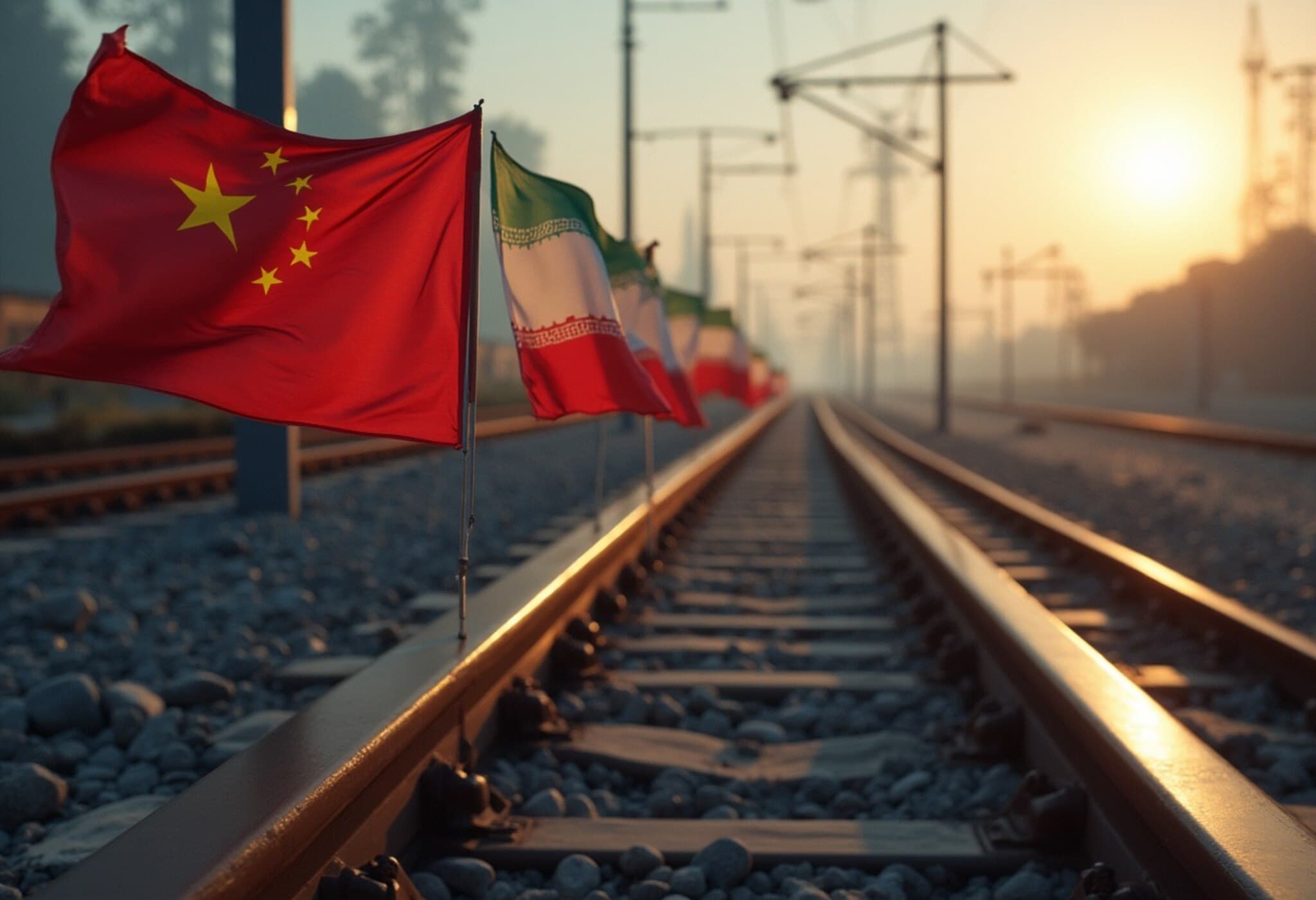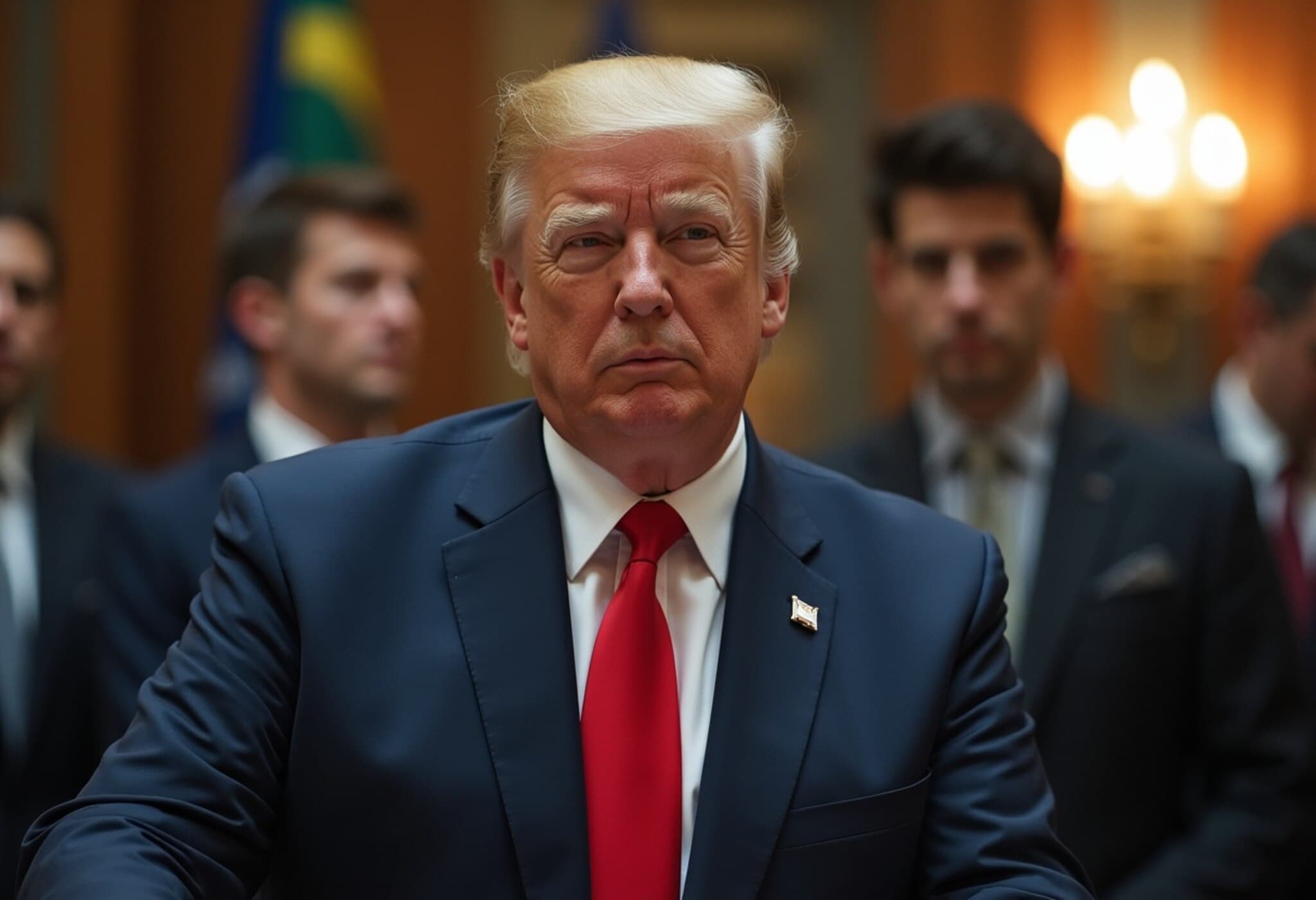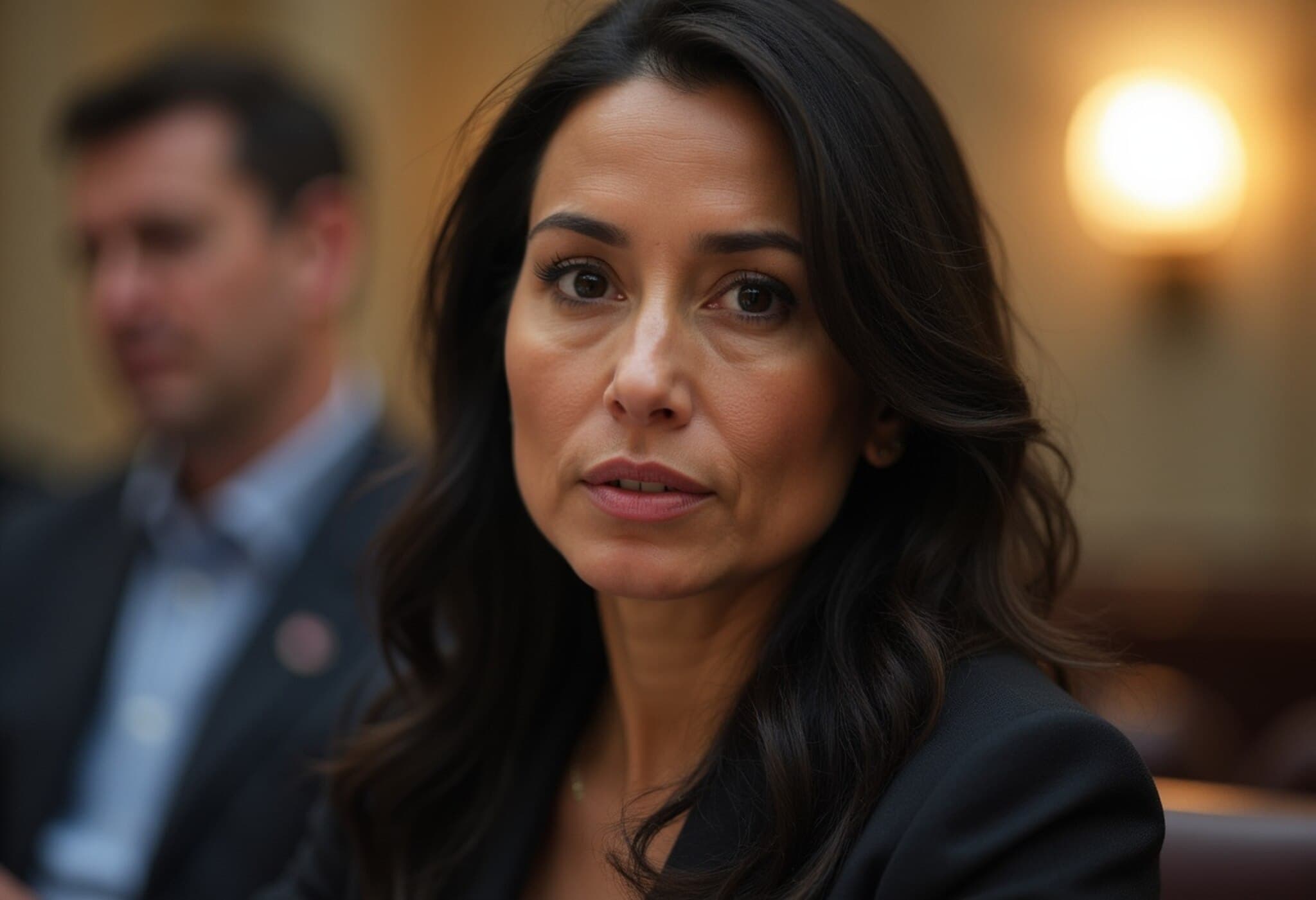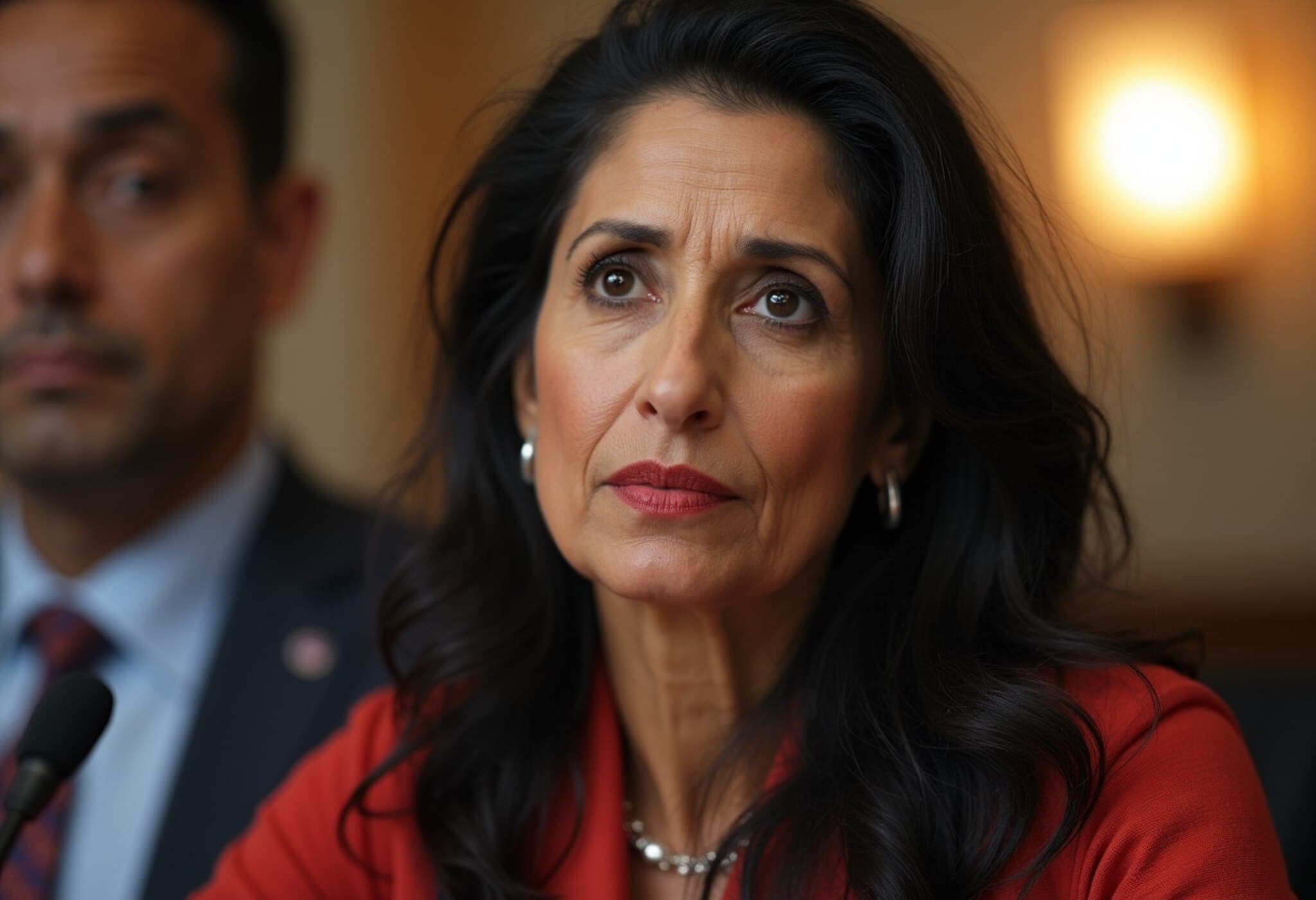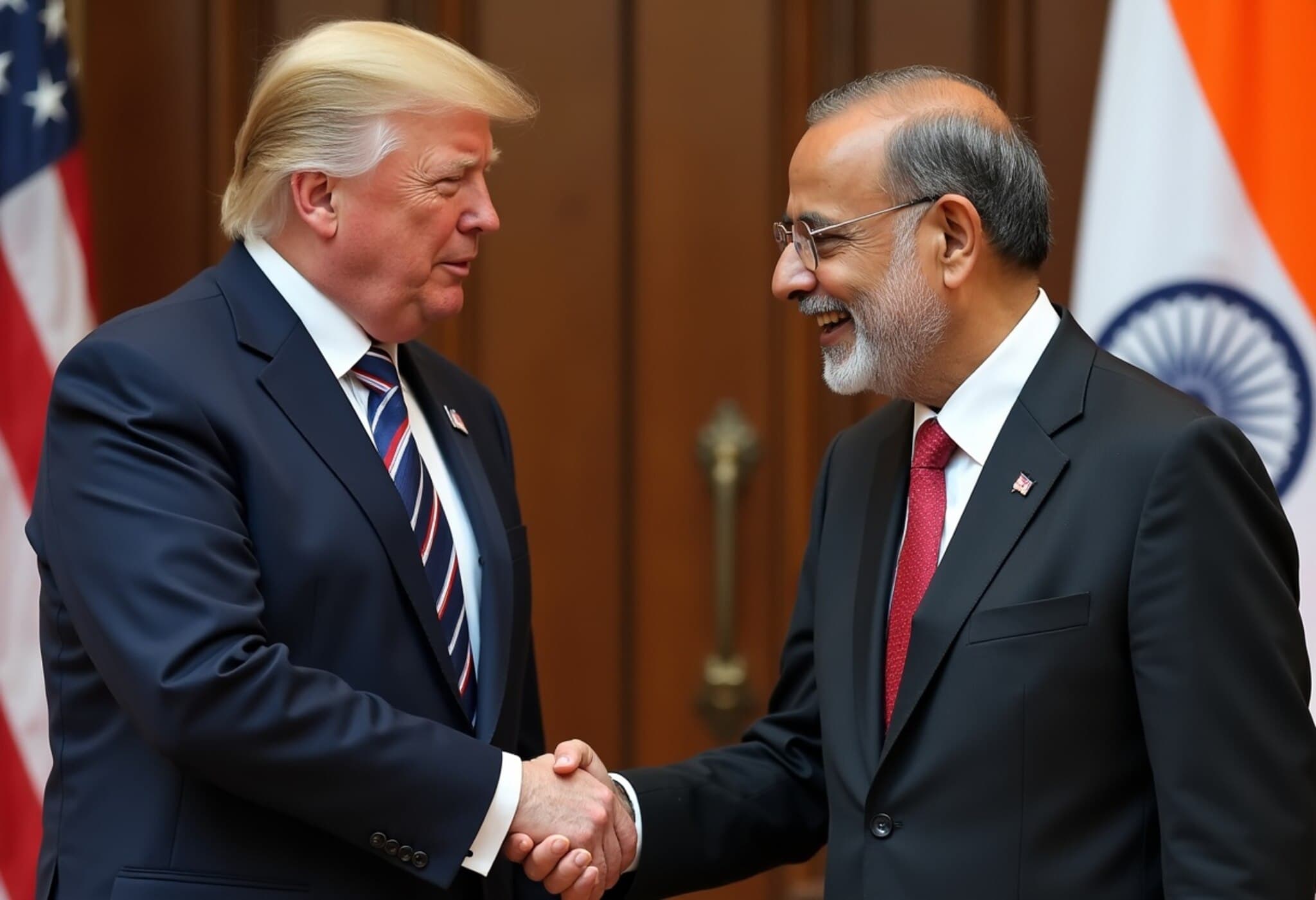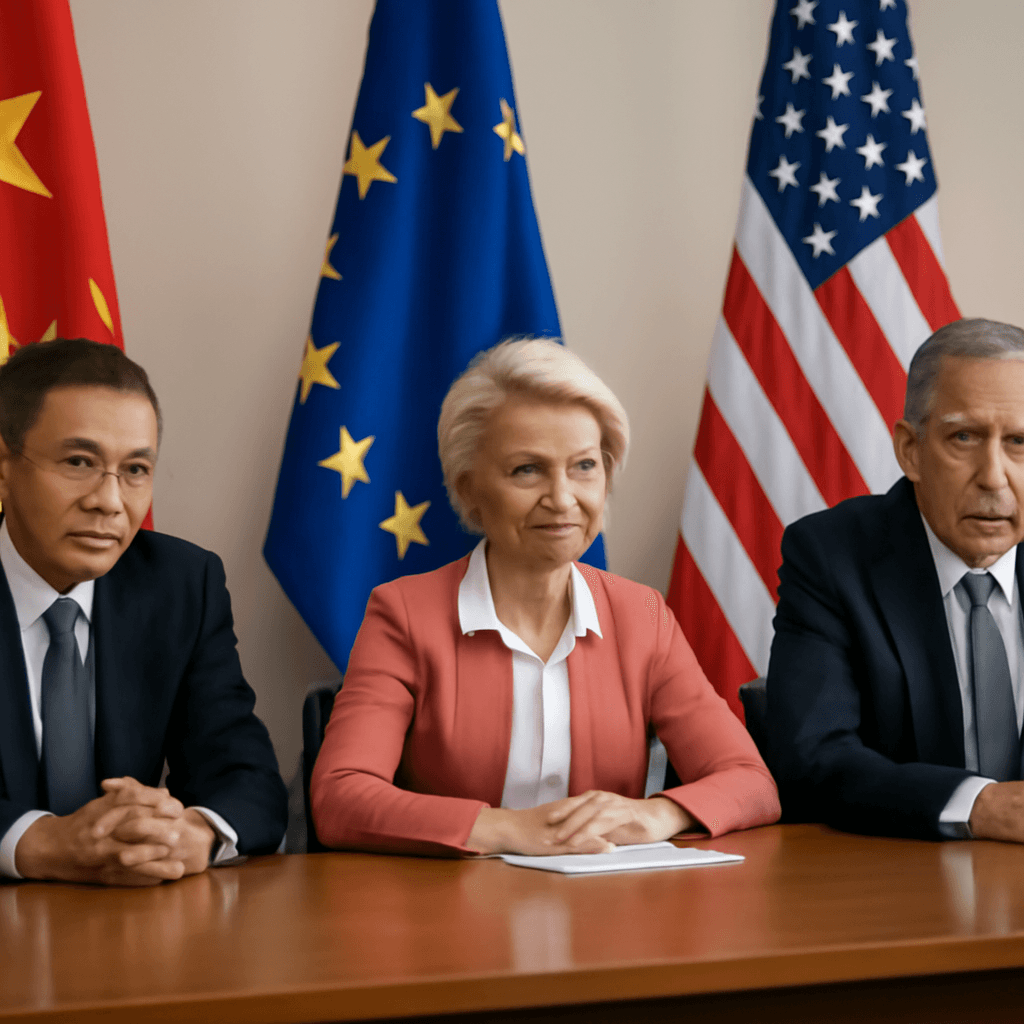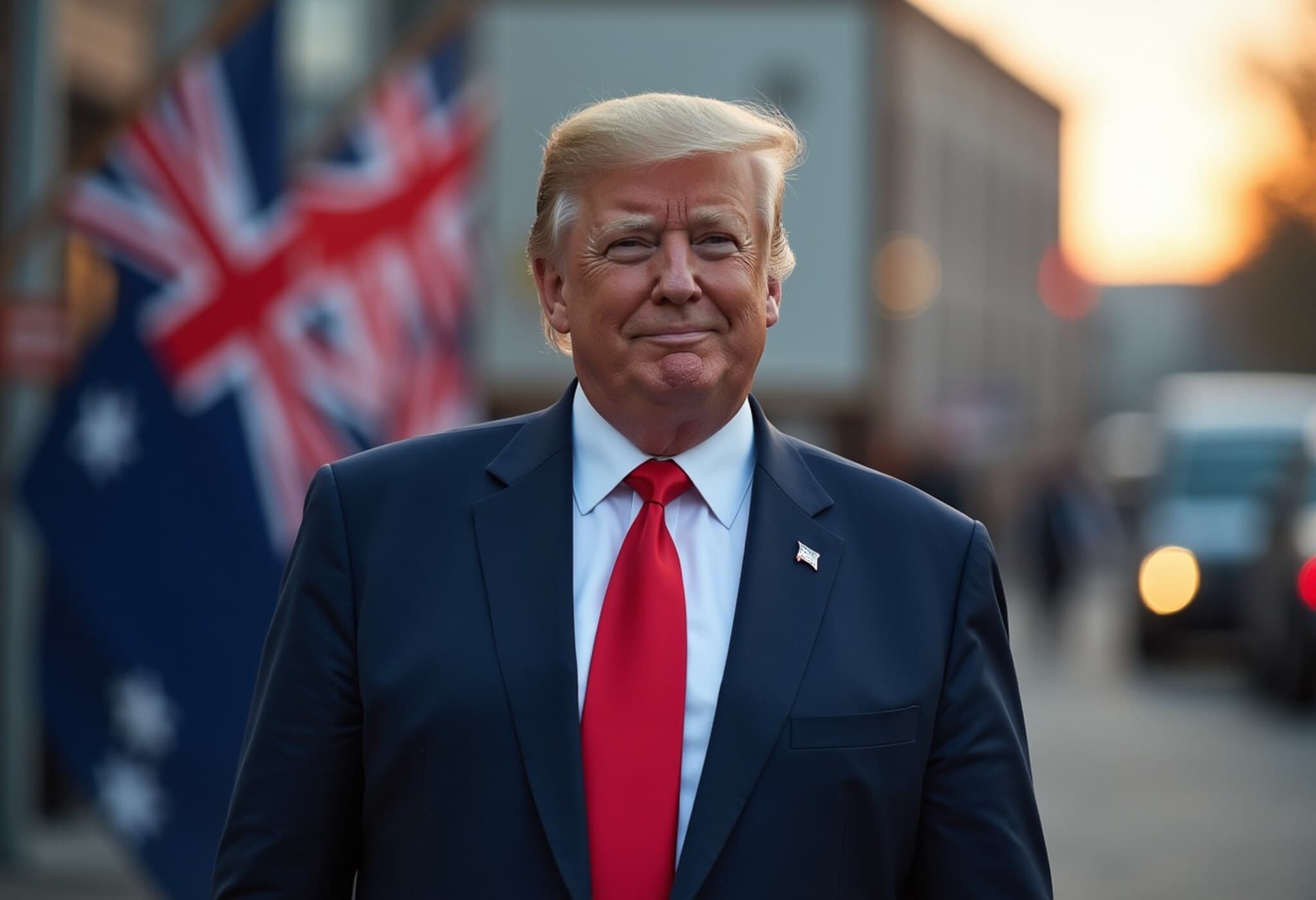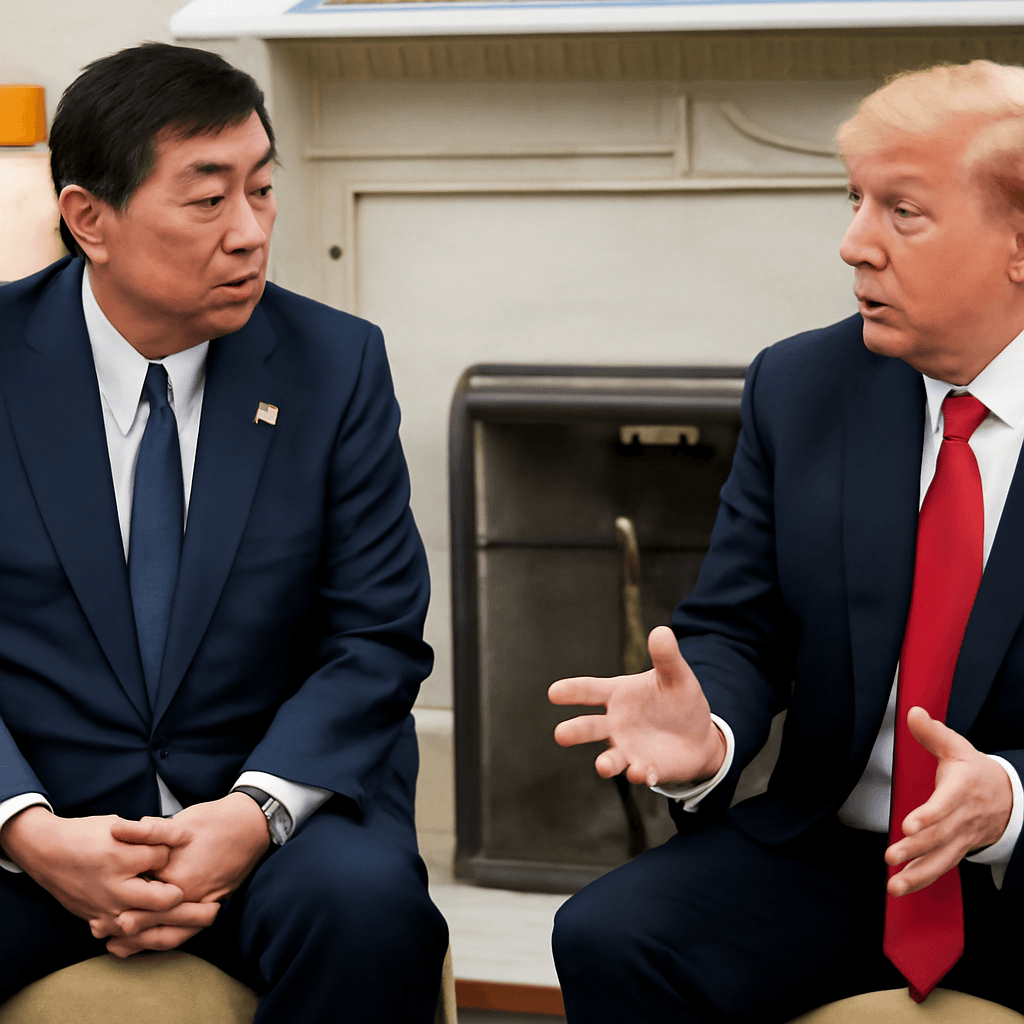India’s Strategy Amidst US Tariff Threats on Russian Oil Imports
As tensions rise between the United States and India over trade and energy policies, India's Oil Minister Hardeep Singh Puri has confidently asserted the country's preparedness to navigate the implications of recent US tariff announcements. This comes in the wake of former US President Donald Trump imposing a 25% tariff on Indian imports, coupled with potential penalties targeting India’s continued purchase of Russian oil and gas.
Backdrop: US Tariffs and Trade Stalemate
Following five rounds of inconclusive trade negotiations between the US and India, the Trump administration announced punitive tariffs as a leverage tactic. The tariff deadline concluded last Thursday, marking the onset of these measures. While the 25% tariff on Indian goods grabs headlines, it is the secondary sanctions tied to purchases of Russian energy that have sparked significant concern within Indian policy circles.
Oil Minister Puri’s Reassuring Outlook
Speaking earlier this month at an energy conference, Minister Puri emphasized India's resilience and strategic diversification in energy sourcing. “I’m not worried at all. If something happens, we’ll deal with it,” he stated, underscoring the expansion of India’s crude oil supply network—from approximately 27 countries to nearly 40.
- Diversified Sources: By spreading imports across a wider range of suppliers, India reduces dependency on any single nation, especially Russia.
- Price Stability: Puri projected crude oil prices to hover around $65–$68.5 per barrel in the near term, implying market confidence despite global pressures.
- Supply vs. Demand Dynamics: He warned that cutting off Russian oil without demand reduction could cause a surge in global prices, impacting consumers worldwide.
Contextualizing the Impact: Economic and Geopolitical Ramifications
India’s approach to energy security illustrates a pragmatic balancing act—maintaining affordable energy supplies while navigating geopolitical sensitivities involving the US and Russia. The US sanctions serve not only as economic deterrents but also as signals aimed at curbing Russia amid ongoing international conflicts.
Yet, India’s economy, heavily reliant on energy imports to fuel growth and development, faces complex challenges. The potential for increased tariffs threatens export sectors, while sanctions on Russian imports could disrupt energy availability or increase costs.
Expert Insight: A Question of Sovereignty and Strategic Autonomy
Energy experts note India’s actions resonate with its broader foreign policy ethos—upholding strategic autonomy despite external pressure. By sourcing oil from a wider array of countries, including Middle Eastern and African nations, India hedges against political volatility and sanctions risks.
Dr. Arvind Kumar, a policy analyst in energy economics, explains, “India’s ability to diversify its oil imports is a critical buffer that shields it from unilateral external pressures. However, the US tariffs add strain to bilateral trade relations, challenging India to seek more self-reliant growth strategies and fortify diplomatic ties on multiple fronts.”
The Road Ahead: Navigating Turbulent Waters
With trade talks at an impasse and tariffs active, India must leverage its diplomatic agility and economic policies to mitigate fallout. This includes ramping up domestic energy production, investing in renewable sources, and fostering multilateral cooperation to secure stable energy flows.
Simultaneously, the global energy market remains fragile. Minister Puri’s caution about potential supply cuts leading to heating shortages or halted transportation underlines the human impact behind geopolitical moves—a reminder that energy security transcends economics and directly affects everyday life.
Editor’s Note
India’s poised response to US tariff penalties reflects a pragmatic, multifaceted strategy balancing economic interests and geopolitical realities. However, critical questions linger: How will prolonged trade tensions reshape India’s economic landscape? Can diversified energy sourcing fully insulate India from global shocks? And what role will domestic energy innovation play in securing long-term resilience? Observers and stakeholders alike should watch these evolving dynamics as India charts its complex path forward amid competing international pressures.

